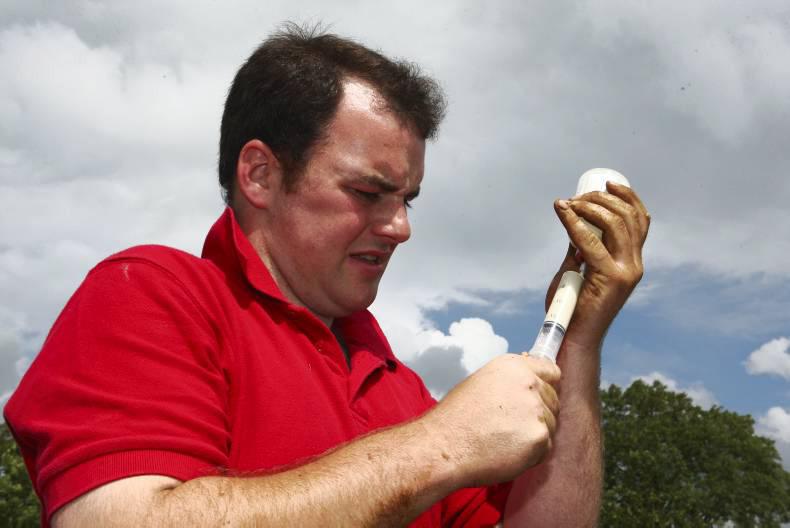Pencillin became available as a therapeutic agent in the early 1940s and the development of other antibiotics since has added significantly to the longevity of human life. Likewise in veterinary medicine, antibiotics have been a critical factor in assisting in the development and expansion of animal production systems worldwide.
But now, bacteria are increasingly becoming resistant to antibiotics – a phenomenon known as antimicrobial resistance (AMR).
A recent UK study estimates that currently some 700,000 human deaths are associated with AMR bacteria annually and foresees that by 2050, in the absence of concerted actions now, 10m people across the world will die annually from infections that are resistant to antibiotics – significantly exceeding death from cancers.
In this same period, the development of bacteria with resistance to multiple antibiotics has rapidly advanced.
The critical relevance for farming is that animals and humans share the same environment, are exposed to the same families of bacteria and are treated with essentially the same groups of antibiotics. The extent that antibiotic use in farm production systems directly contributes to the overall AMR problem is subject to ongoing debate. It is clear that resistance develops in bacteria found in animals and farm environments, there is evidence that it is increasing and that this resistance can transmit to humans directly through contact, the shared environment and also through food products.
Acknowledging the complexity of the challenge, there is general agreement that the issue of AMR is best addressed under the “One Health” umbrella (involving both human and veterinary medicine and their shared environment).
In this context, the Departments of Health and of Agriculture have jointly established a national interdepartmental AMR consultative committee.
In seeking to address AMR within the animal health sectors, there are two primary intervention strategies. The first and most effective measure is to prevent the introduction and spread of disease through improved hygiene, husbandry and bio-security practices, thus reducing the need for antibiotic use. The second is to ensure that, whenever antibiotics are necessary, they are used prudently.
Attitudes and behaviours relating to antibiotic use are changing. Notwithstanding the current advanced controls on antibiotic supply and use for veterinary medicine in Europe, levels of resistance continue to advance quickly.
We must therefore anticipate further changes regarding the availability and use of antibiotics across both the human and animal health sectors in the time ahead and to plan accordingly.
Dr Martin Blake is the chief veterinary officer with the Department of Agriculture, Food and the Marine.






 This is a subscriber-only article
This is a subscriber-only article










SHARING OPTIONS: